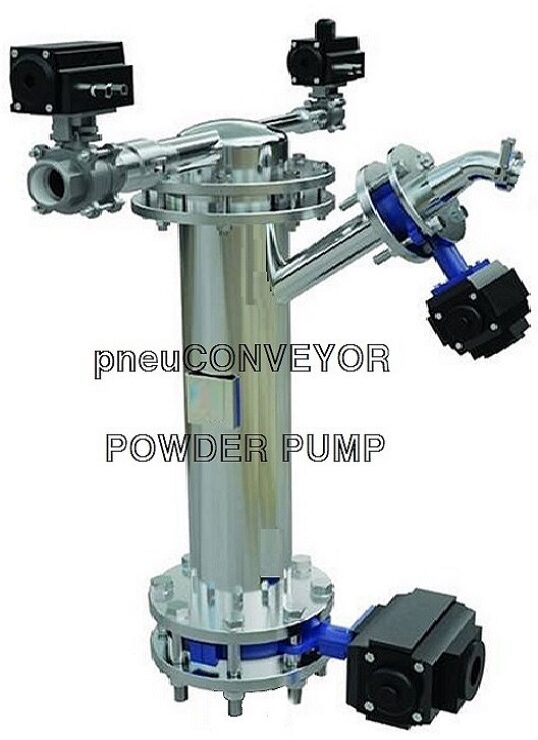Dilute phase conveying is a pneumatic conveying system that is used to transfer dry bulk materials, such as powders, granules, and pellets, from one place to another using a stream of air or gas. In dilute phase conveying, the material is suspended in a high-velocity airstream and transported through a pipeline or duct to its destination.
The main components of a dilute phase conveying system include a feeding device, a conveying pipeline or duct, an air mover or blower, and a receiving hopper. The feeding device can be a screw feeder, rotary valve, or other type of feeder that can deliver a continuous flow of material into the conveying pipeline.
The air mover or blower generates the high-velocity airstream that carries the material through the pipeline. The velocity of the air should be high enough to keep the material suspended in the airstream, but not so high that the material becomes damaged or the pipeline becomes clogged.
The receiving hopper is used to collect the material at the end of the conveying pipeline. The hopper may be equipped with a filter or dust collector to capture any airborne particles or dust that may be generated during the conveying process.
Dilute phase conveying systems are commonly used in a variety of industries, such as food processing, chemical manufacturing, and plastics production. They offer several advantages, including the ability to handle a wide range of materials, low energy consumption, and minimal maintenance requirements.
However, there are also some limitations to dilute phase conveying systems. For example, they may not be suitable for materials that are prone to degradation or damage, and they may require additional equipment, such as dust collectors or filters, to prevent material loss or environmental pollution.
Dilute phase conveying is a type of pneumatic conveying system used to move bulk solids or powders from one place to another using air as the conveying medium. In dilute phase conveying, the solid particles are suspended in a stream of air and transported through a pipeline to the desired destination.
The system consists of several key components, including a feed hopper, a conveying line, an air mover (such as a blower or compressor), and a receiver. The feed hopper is used to load the bulk solids or powders into the system, which are then transported through the conveying line using a high-velocity air stream generated by the air mover.
In dilute phase conveying, the air velocity is high enough to keep the solid particles suspended in the air, creating a dilute phase mixture. The solid particles are carried through the pipeline in suspension, and separation of particles and the air flow is prevented by providing appropriate air velocities. The velocity required to convey the particles depends on the physical properties of the materials being conveyed, such as particle size, shape, density, and moisture content.
The receiver at the end of the pipeline is used to collect the conveyed material and may be designed to handle different types of materials. The receiver can be a bag, a bin, or any other type of container suitable for the conveyed material.
Dilute phase conveying systems are commonly used in a wide range of industries, such as food processing, chemical, pharmaceutical, and plastics manufacturing. These systems are ideal for conveying materials over long distances or through multiple bends, as they require less space and energy compared to other types of conveying systems.

